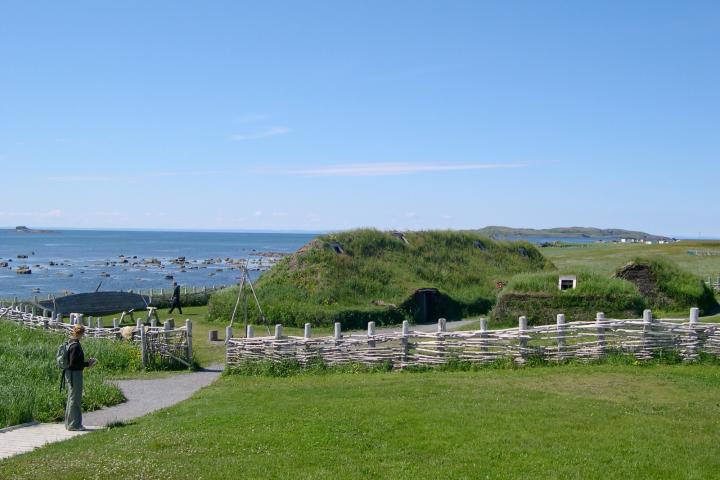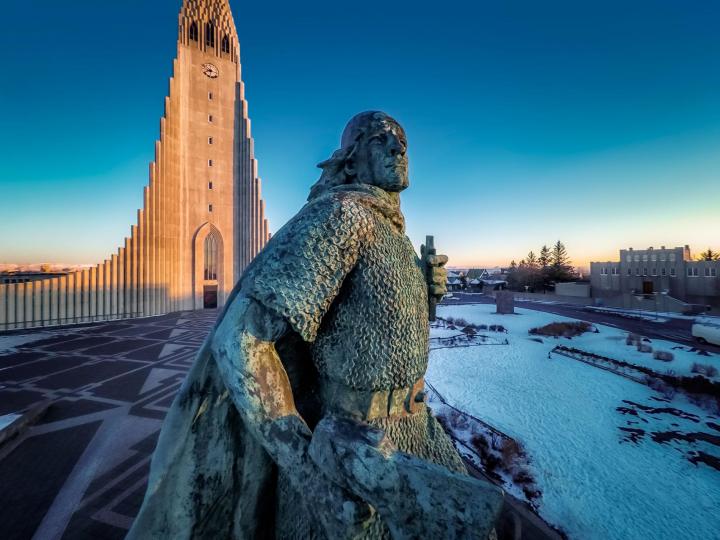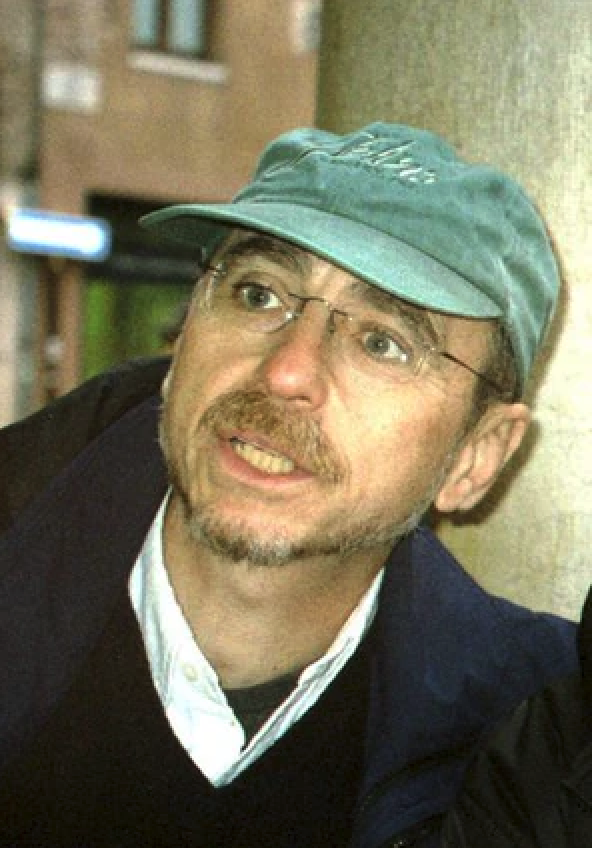Primary Image

...And Why Was He Important?
More Like This
The current thought-over 30 years old- is the idea that we did not all came from "Africa"...that the primordial soup from which the A-Acids formed into proteins that would be the building blocks of life, including mammals, including man, from various locations in the original landmass, Pangaea, that would eventually become the continents through C-Drift. We contain all the possibilities of Humans not because we originated from the same bowl in "Africa", but from the same bowl called Earth. The added ingredients that made life possible, besides its proximity to the sun, and gravitational influence and protection, came from the bombardment of asteroids, space debris, etc that occurred. Adapting to the environment was the human condition not based on the location of origin.
I'm from Barrow, Alaska.
My grandfather wS Antonio Edverdsen, he was from Norway and married a inupiaq woman, Dora Inuuraq. Had 2 sons n 1 daughter. Edward Edwardson was my dad. His brother Charlie Edwardsen n sister Jenny Edwardson.
My grandfather came from 3 kings in the family.
I just did a presentation on the most influential ancient world history figure and i chose Leif. America, Canada, and Greenland may never have been discovered if it hadn't been for Leif and his dad Erik!!!!!!!!!!!!!
He should someone that we all know about but we could never say that he discovered North America because Native Americans did.
this man I think is part of my history and that is my opinion on my family tree
Love the Icelanders, but the Vikings of old would have decimated the Natives had they gained a foothold on N America. They were a marauding/pillaging folk and probably found there wasn't any real "treasure" to be had from them.
Leif Eriksson should be celebrated for discovering America first, not Columbus. Apart from the Indians, there was no one there. This fact makes him the first European in America.
what inspierd him to go
Cool info bro.


 This statue of Leif Eriksson stands in front of the Hallgrímskirkja church in Reykjavik, Iceland. The
This statue of Leif Eriksson stands in front of the Hallgrímskirkja church in Reykjavik, Iceland. The 







Comments